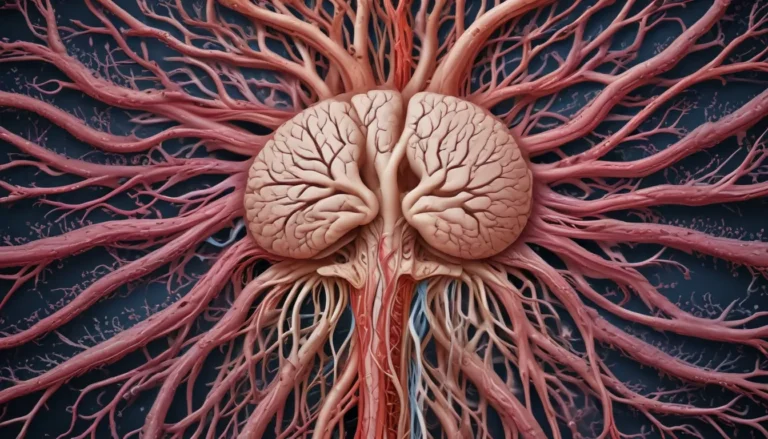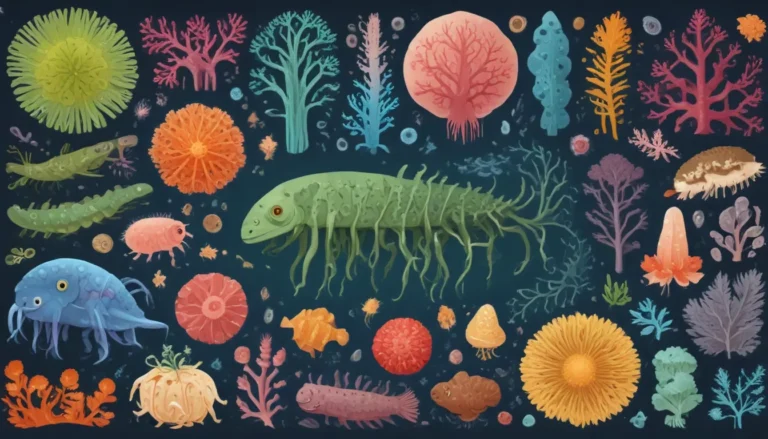A Note About Images: The images used in our articles are for illustration purposes only and may not exactly match the content. They are meant to engage readers, but the text should be relied upon for accurate information.
Welcome to the extraordinary world of biodiversity hotspots, where the richness of life on our planet truly shines. These special regions, teeming with unique and endangered species, play a critical role in upholding the delicate balance of ecosystems and supporting the well-being of all living organisms. In this article, we will embark on a journey to uncover 11 fascinating facts about biodiversity hotspots that will deepen your appreciation for these invaluable areas. From the exceptional concentration of endemic species to their crucial economic and ecological value, we will delve into the wonders of biodiversity hotspots and the urgent need for their conservation.
The Marvels of Biodiversity Hotspots
Biodiversity hotspots are regions characterized by an extraordinary diversity of species, making them vital for the preservation of global biodiversity. These hotspots are identified based on the presence of a high number of endemic plant species, showcasing the unique and irreplaceable nature of these areas.
-
There are 36 recognized biodiversity hotspots around the world, spanning from the lush tropical rainforests of the Amazon to the vibrant coral reefs of the Caribbean. Despite covering only 2.4% of the Earth’s land surface, these regions hold a vast array of plant and animal species, making them critical for conservation efforts.
-
Unfortunately, biodiversity hotspots face numerous threats, including deforestation, habitat degradation, and climate change. These pressures place a strain on the survival of unique and endangered species, emphasizing the urgent need for protective measures to safeguard these precious ecosystems.
The Value of Biodiversity Hotspots
Beyond their ecological significance, biodiversity hotspots also hold immense economic value, supporting industries such as tourism and offering essential ecosystem services. These regions serve as reservoirs of genetic diversity, contributing to the resilience and adaptability of crops crucial for global food security.
-
Madagascar stands out as one of the most remarkable biodiversity hotspots, home to an unparalleled array of plant and animal species that are found nowhere else on Earth. With approximately 5% of all known biodiversity, Madagascar exemplifies the richness and importance of these extraordinary regions.
-
Biodiversity hotspots also play a vital role in climate change mitigation, acting as carbon sinks that help absorb and store significant amounts of carbon dioxide. Preserving these areas is essential for combating climate change and ensuring a sustainable future for generations to come.
Preserving Biodiversity Hotspots
Indigenous communities often reside within biodiversity hotspots, possessing valuable knowledge and traditional practices that contribute to the conservation and sustainable use of these ecosystems. Efforts to protect and restore biodiversity hotspots have become a global priority, with conservation organizations and governments working collaboratively to ensure the survival of these invaluable regions.
- By safeguarding biodiversity hotspots, we not only preserve individual species but also maintain the intricate ecological relationships and dependencies that sustain these ecosystems. Protecting these regions is a shared responsibility that requires international cooperation, sustainable development practices, and support from individuals and nations worldwide.
A Call to Action for Biodiversity Conservation
In conclusion, the extraordinary facts about biodiversity hotspots underscore their ecological significance, the threats they face, and the critical need for their preservation. These vital areas not only harbor an astonishing diversity of life but also play a pivotal role in sustaining ecosystems, supporting indigenous communities, and mitigating climate change. It is imperative that we recognize the importance of conserving and protecting biodiversity hotspots to ensure a thriving planet for future generations.
FAQs: Exploring Biodiversity Hotspots
-
What is a biodiversity hotspot?
A biodiversity hotspot is a region characterized by a high concentration of species and is under significant threat from human activities, showcasing exceptional levels of endemic plant and animal species. -
How many biodiversity hotspots exist worldwide?
There are currently 36 recognized biodiversity hotspots globally, covering a small percentage of Earth’s land area but supporting a vast diversity of plant and vertebrate species. -
Why are biodiversity hotspots important?
Biodiversity hotspots are crucial because they harbor unique species found nowhere else on the planet and provide essential ecosystem services such as clean air, water, and climate regulation. -
Can damaged biodiversity hotspots recover from human activities?
With effective conservation efforts and protection, biodiversity hotspots can show signs of recovery and regain lost biodiversity, though the extent of recovery depends on the level of damage.
As we continue to unravel the wonders of biodiversity hotspots, we invite you to join us in celebrating the richness and complexity of these extraordinary regions. By fostering a deeper understanding of their importance and taking collective action to preserve them, we can safeguard the precious biodiversity that sustains life on our planet. Embrace the beauty of biodiversity hotspots and embark on a journey of discovery and conservation in these unparalleled havens of life and wonder.






